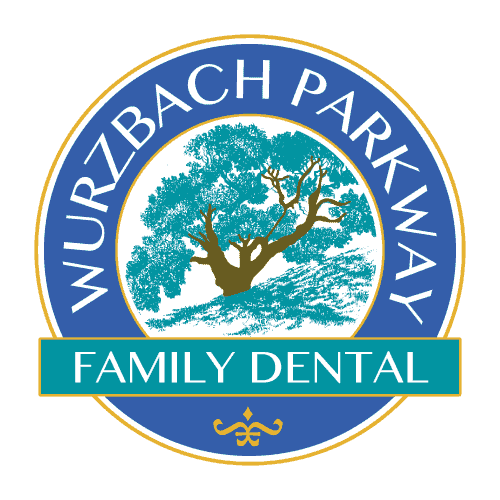Egg and Oyster Shells Toothpaste
After you learn the history of toothpaste, you can be grateful for the nice plastic tubes full of flavorful cleaning products we now use to clean our teeth.
The first toothpaste was created from powdered ashes of oxen hooves, myrrh, egg shells and pumice. Water was most likely added later to make it into a cream. In Greece and Rome more abrasives were added to the powder mixture like bones and oyster shells. Can you imagine brushing your teeth with bones?
Egyptians were the first to think of using a paste to clean their teeth around 5000 BC. Greeks and Romans were also known to have used toothpastes and the Chinese and Indians first used them around 500 B.C.
During the 1700s, American and British toothpaste recipes recommended burnt bread and another one called for dragon’s blood (we wonder where they found that), cinnamon and burnt alum.
The Chinese were the first to add flavoring such as Ginseng, herbal mints and salt, which made the tooth paste taste much better than earlier versions.
In the 1800s the ingredients changed and soap was added. In the 1850s the paste began to be sold in jars. In 1914 fluoride was introduced and added to toothpaste.
During World War II because of the lead and tin shortage and how lead would leak into toothpaste, toothpaste was put in plastic tubes instead of lead containers. During this time, synthetic ingredients were added like the foaming agent sodium lauryl sulphate and sweeteners. From the 1980s until now there have been many more additions such as gels, whitening agents, etc.
These ancient toothpastes treated dental problems similarly to how our toothpaste today treats issues, but present-day toothpaste is not as abrasive to your gums and much kinder on your tastebuds.
To keep up your dental care in the 21st century, brush your teeth twice a day with your modern, fluoride toothpaste, floss daily, and get a bi-annual dental check-up. You should contact Wurzbach Parkway Family Dental to set-up your appointment today.

